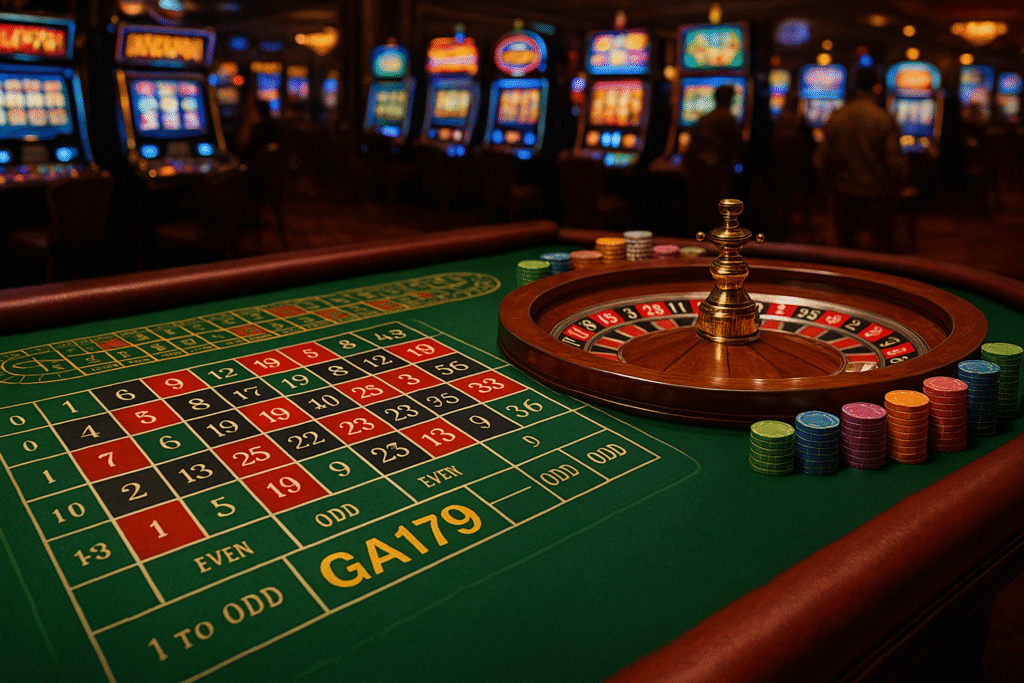The Psychology Behind Casino Games – Why We Keep Playing

Casinos have a mysterious allure that draws millions of players worldwide. Whether it’s the ringing of slot machines, the suspense of roulette, or the challenge of a poker face, there’s something captivating about the casino environment. Even online platforms that host games like blackjack, baccarat, and đá gà trực tiếp tap into powerful psychological elements to keep players engaged. Understanding the science behind why we gamble can shed light on both the thrill of winning and the risks involved.
One of the most potent forces in casino psychology is the concept of intermittent reinforcement. Unlike predictable rewards, casino games often use randomized outcomes to create a sense of anticipation. Slot machines, for instance, don’t reward players on a consistent basis. This unpredictability increases excitement and keeps players spinning the reels, hoping the next try will be the jackpot.
The design of casinos — both physical and digital — is another factor that impacts player behavior. Bright lights, stimulating sounds, and eye-catching visuals are used to create a euphoric, almost hypnotic environment. These sensory elements can cause players to lose track of time and money, especially when there are no clocks or natural light in sight.
Online casinos have refined this strategy by using UI/UX design that encourages prolonged engagement. Buttons flash invitingly, reward notifications pop up frequently, and the interface often mimics the real-world casino ambiance. These small cues subtly nudge users to keep playing, sometimes longer than they initially intended.
Then there’s the concept of “near misses,” where players almost win. This is especially prevalent in slot machines and games like roulette. A result that is close to a win — say, two out of three matching symbols — triggers a psychological response that can be more motivating than a complete loss. Our brains interpret near misses as proof that a win is imminent, even if the odds haven’t changed.
Social influence also plays a significant role. In live dealer games and multiplayer formats, seeing others win can inspire us to keep going. Players often think, “If they can do it, so can I.” This can lead to what psychologists call the “illusion of control,” where players believe their actions directly influence outcomes in games that are largely based on chance.
Another powerful psychological factor is the sunk cost fallacy. This occurs when players continue gambling to recover losses, believing that the more they invest, the closer they are to a big win. It’s a dangerous mindset that can lead to overspending and problem gambling.
Casinos also employ loyalty programs and rewards to encourage repeated play. These systems appeal to our desire for recognition and progress. When players receive badges, points, or free spins for playing, it taps into the same psychological mechanism that motivates people to complete video game levels or fitness challenges.
Despite these compelling forces, awareness is the first step toward responsible gaming. Many platforms today include features that allow players to monitor their behavior, take breaks, and set financial limits. Some even offer reality checks — periodic pop-ups reminding users how long they’ve been playing.
Educational resources about gambling psychology are also becoming more accessible. Understanding how our brains respond to risk and reward can empower players to enjoy the experience without falling into unhealthy patterns. After all, gambling should be entertainment — not a source of stress or financial strain.
Conclusion
Casino games are more than just chance and luck; they’re intricately designed experiences that appeal to deep psychological instincts. From the excitement of near misses to the influence of immersive design, many subtle factors keep us returning to the table. By understanding these mental triggers, players can make more informed decisions, ensuring their time spent gambling remains enjoyable and in control.